7.30 AM in Beijing.
Cold and gloomy weather as we got off our mini-bus and trudged along the footpath of the Chang’an Avenue, a boulevard of massive proportions, with most of the important Government buildings and historical monuments dotting both sides of this 46 kilometer long stretch, whose name means Street of Eternal Peace. We could see the Ministry of Public Security, The Great Hall of the People and now in a haze we could make out the Tiananmen Tower and the huge Tiananmen Square. Recall the Tank Man? A lone figure standing facing a tank– the same Tiananmen Square. We were on the opposite side of the broad avenue in front of the Forbidden City in the midst of milling crowds even at this hour.

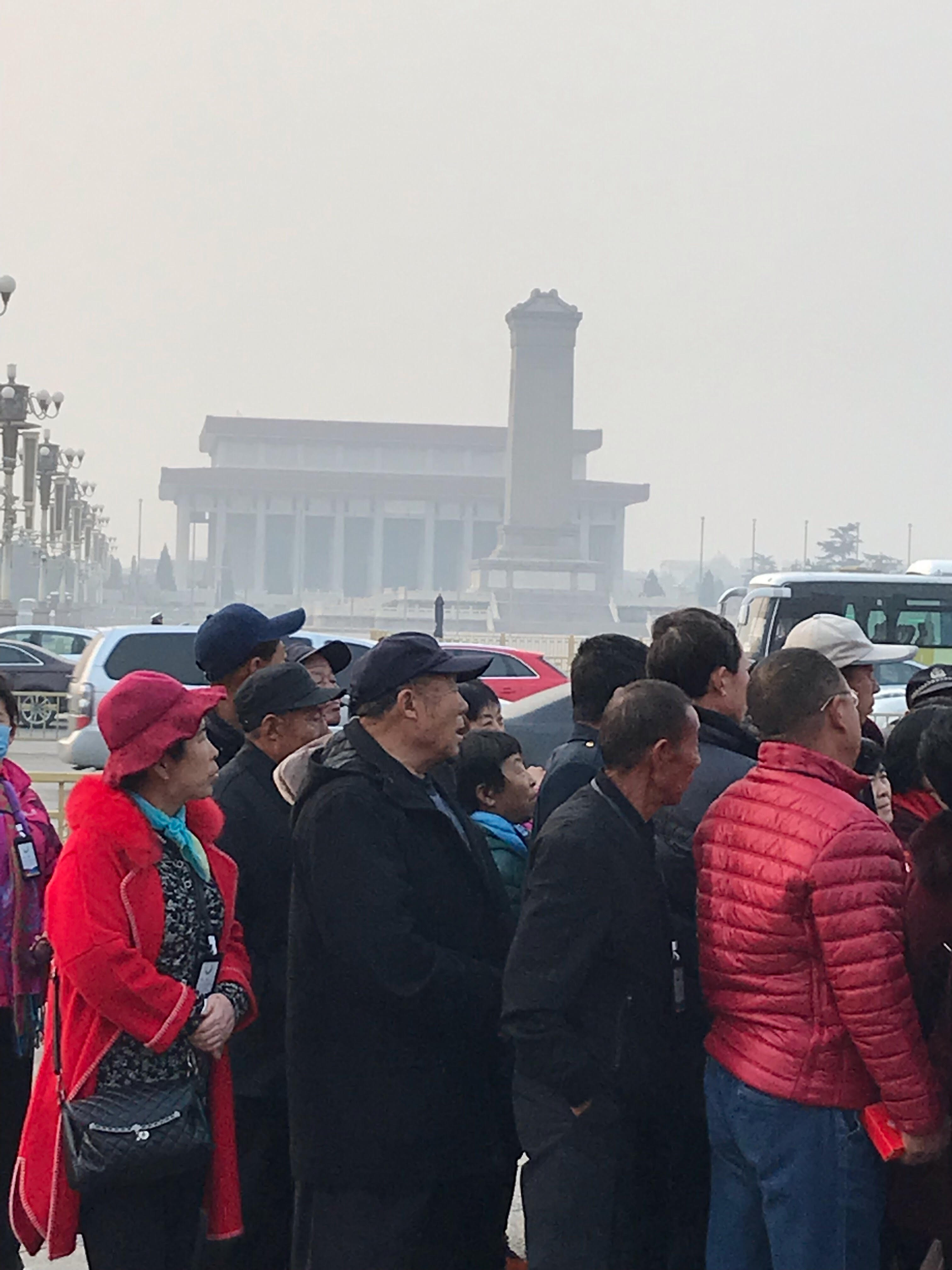
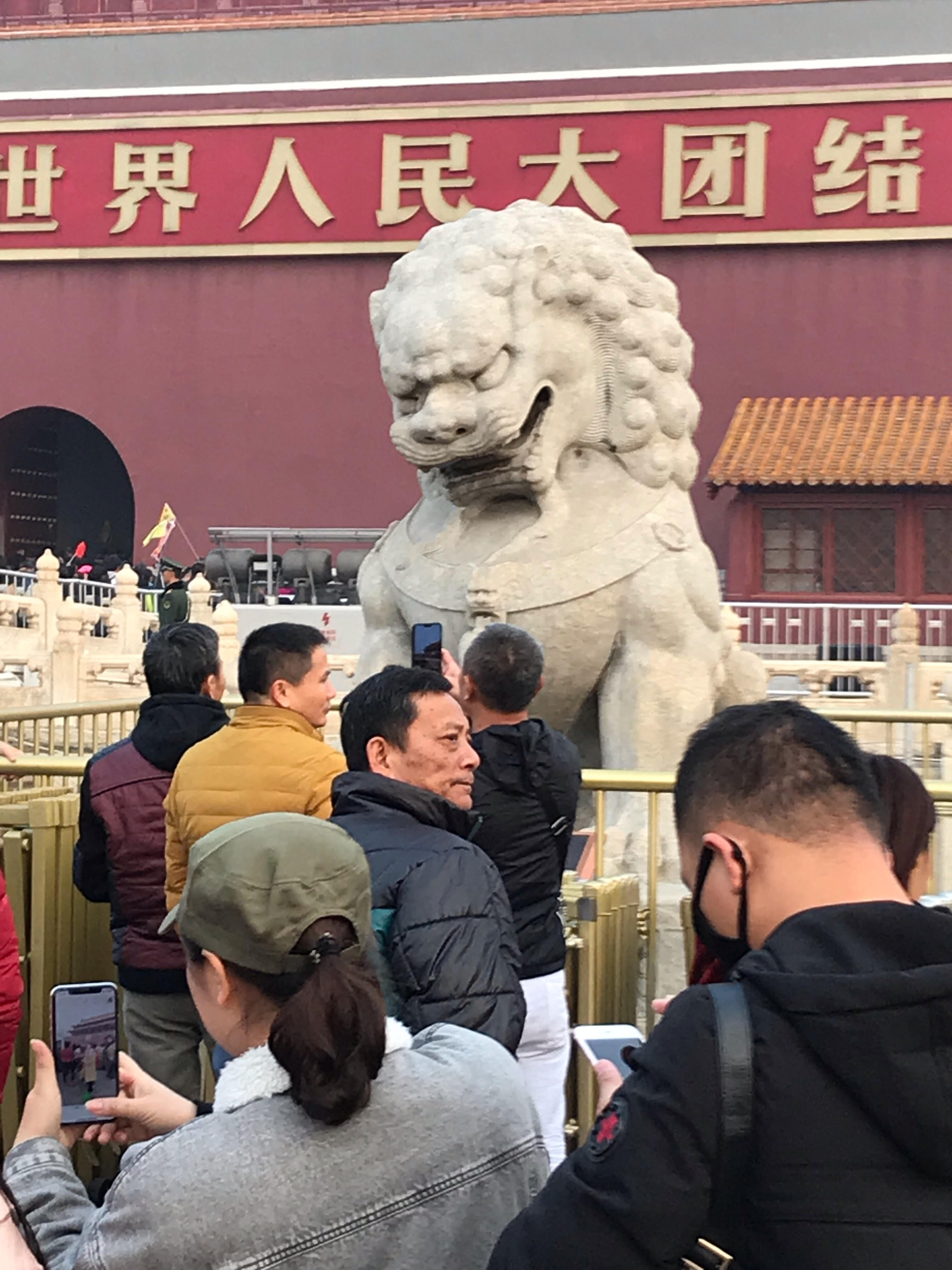
The Forbidden City is a huge complex of palaces, halls, places of worship and gardens which was used in the days gone by as official work places as well as residences by the emperors. Later on it got converted into The Palace Museum. Completed in 1420, The Forbidden City was in use during the rule of the Ming & Qing dynasties, with additions to the complex being made by each ruler. Construction began during the reign of Zhu Di who made Beijing his base and shifted the capital here from Nanjing after defeating his nephew and other brothers in battle. The entire complex was declared a World Heritage site by UNESCO in 1987.
Cardinal Rule for a tour of the Forbidden City : Never go without a guide, if not use the audio-guide. Without either, it would appear to be a countless number of courtyards and buildings without giving a perspective to their existence.
Time for a selfie with Mao Zhedong, who stares down benevolently (?) and soon we are on one of the five small bridges over the palace moat as we enter through the Meridian Gate. Of the 5 bridges, we are told, the one in the middle was reserved for the Emperor, the next two for his family members and the outer two for officials. The Meridian Gate too, has five arches, three of them close together and the outer two a little distance away. This gate is supposed to represent the North-South axis if Beijing city even outside and beyond The Forbidden City.

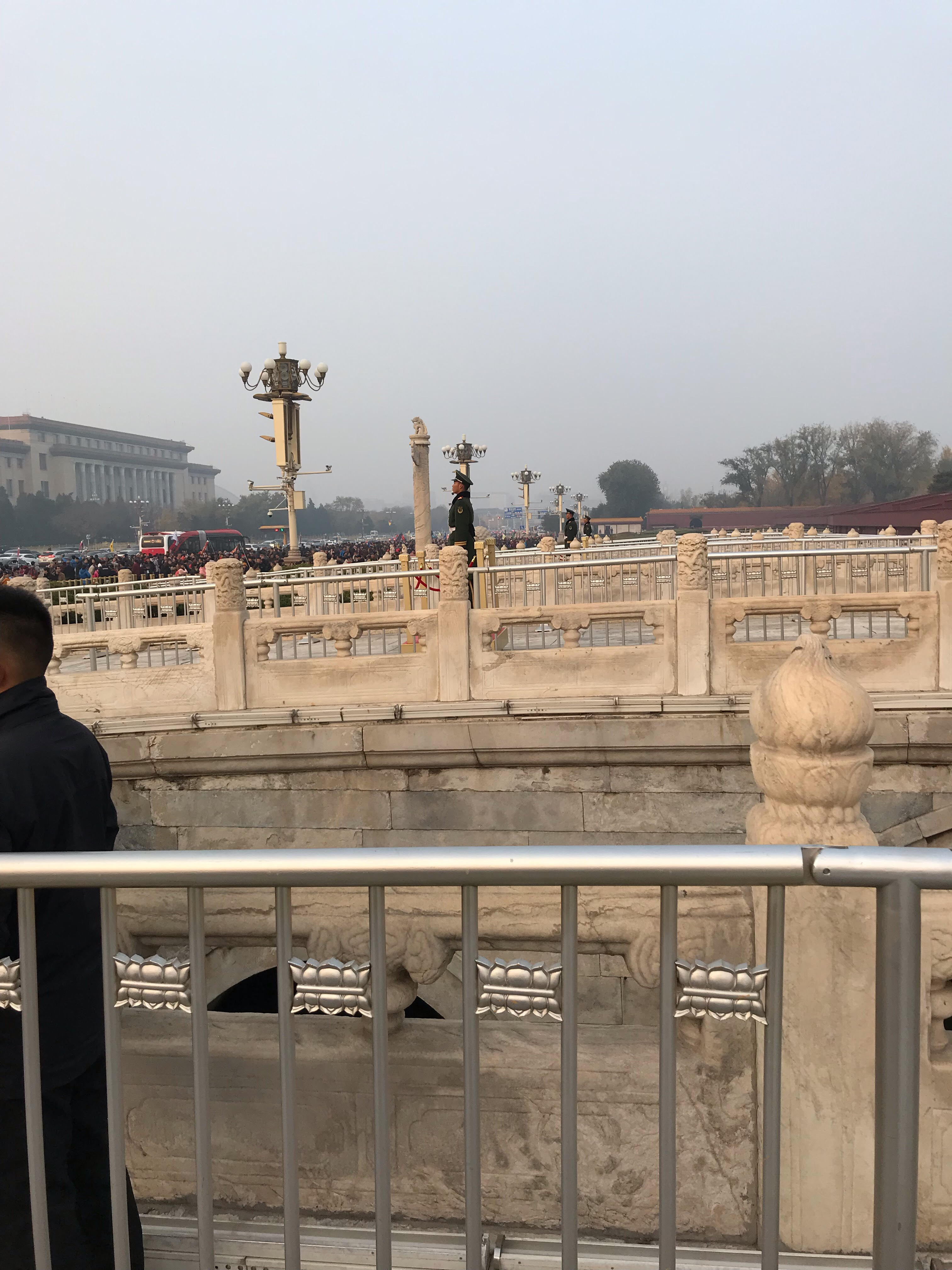
As we waited for the gates of the next courtyard to be opened at 8.30 AM, our guide explained why the place was called The Forbidden City? None could enter or leave the premises without the consent of the Emperor, hence the name. There were murmurs about brutal punishments being meted out to erring or disloyal officials. One such punishment involved hitting them with hollowed bamboo sticks filled with mercury.
Soon we passed through the Gate of Supreme Harmony and before us across the courtyard, stood the magnificent Hall of Supreme Harmony, where public meetings or state celebrations were held.
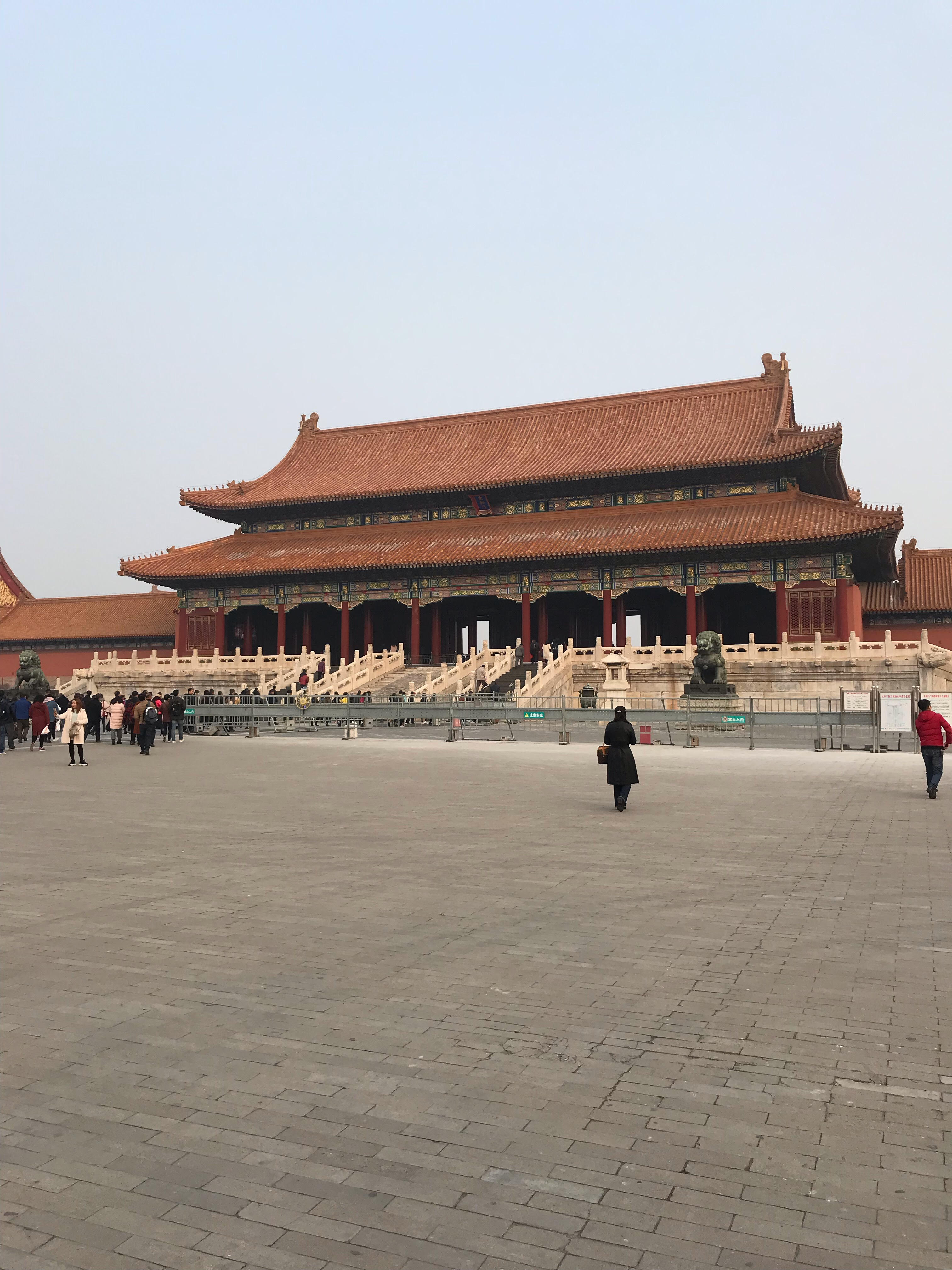
We moved across further on the same North-South axis skipping the smaller buildings on the sides. Now we were at the Palace of Heavenly Purity, in what is called the Inner Palace section. This was the place where the Ming emperors held court with their Grand Councils. The Qings used a section of this palace as residence too. It is said that the Emperor’s sleeping quarters had 27 identical beds and he would choose to sleep on a different bed each night, from the security standpoint. Next place of visit was the Hall of Union, where the empress would be felicitated thrice every year — on her birthday, the first day of the lunar new year & the winter solstice.
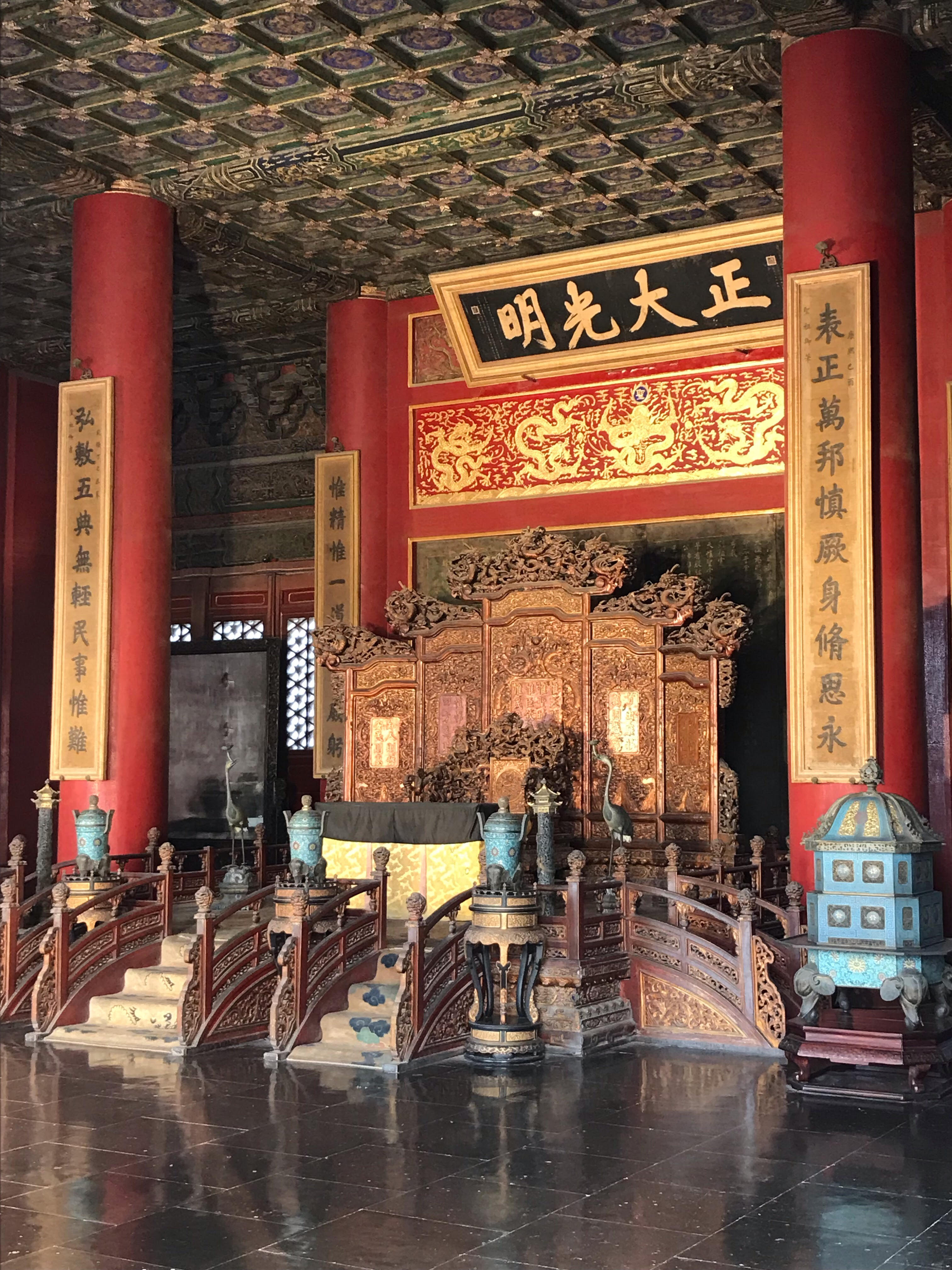
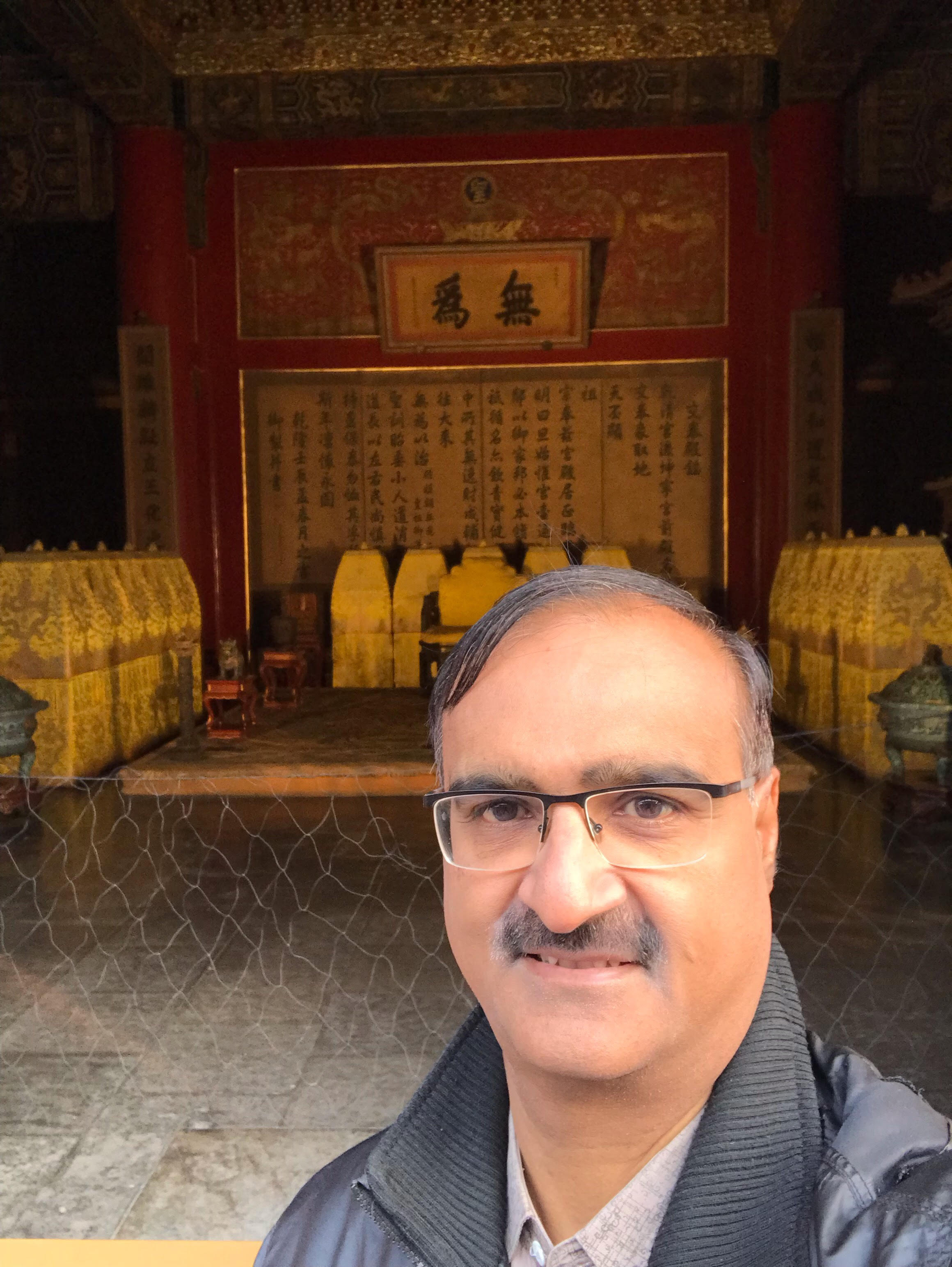
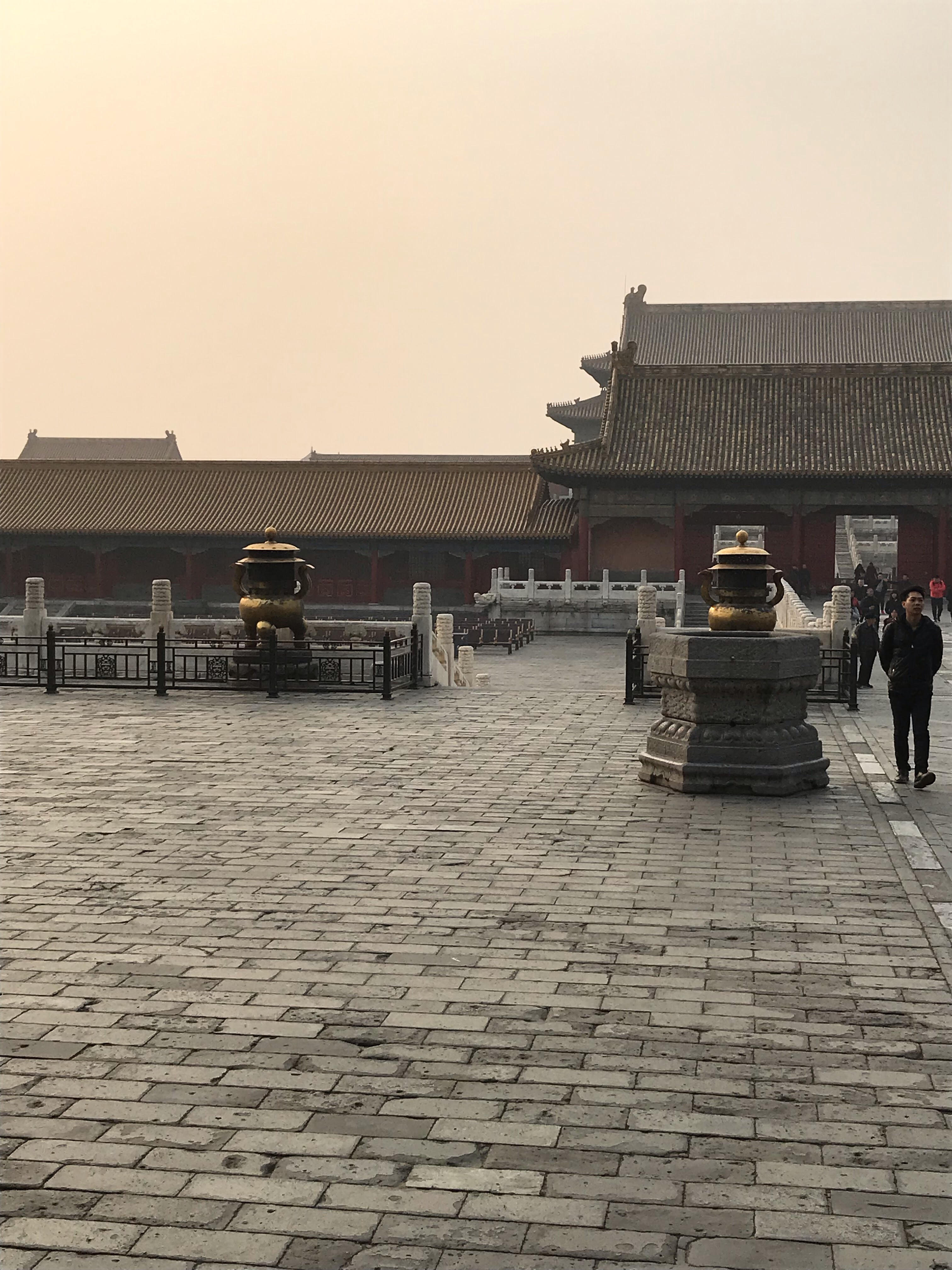
Moved across to the Imperial Garden now, which in the autumn did not have too much of greenery and bright flowers. However, one could see the small pavilions, viewing spots,fountains and finally the Mountain of Accumulated Elegance, an artificial hill with a viewing pavilion designed to see the flower gardens from a height. We were told that the concubines of the Emperor, thousands of them would stroll in the Imperial Garden hoping to catch the Emperor’s attention. It was said that nobles and rich businessmen were eager that their daughters become the concubines of the Emperor so that they could lead luxurious lives. There was a flip-side though — Any concubine who did not have a child with the Emperor, in the event of the Emperor’s death would be buried alive with him. What cruelty!

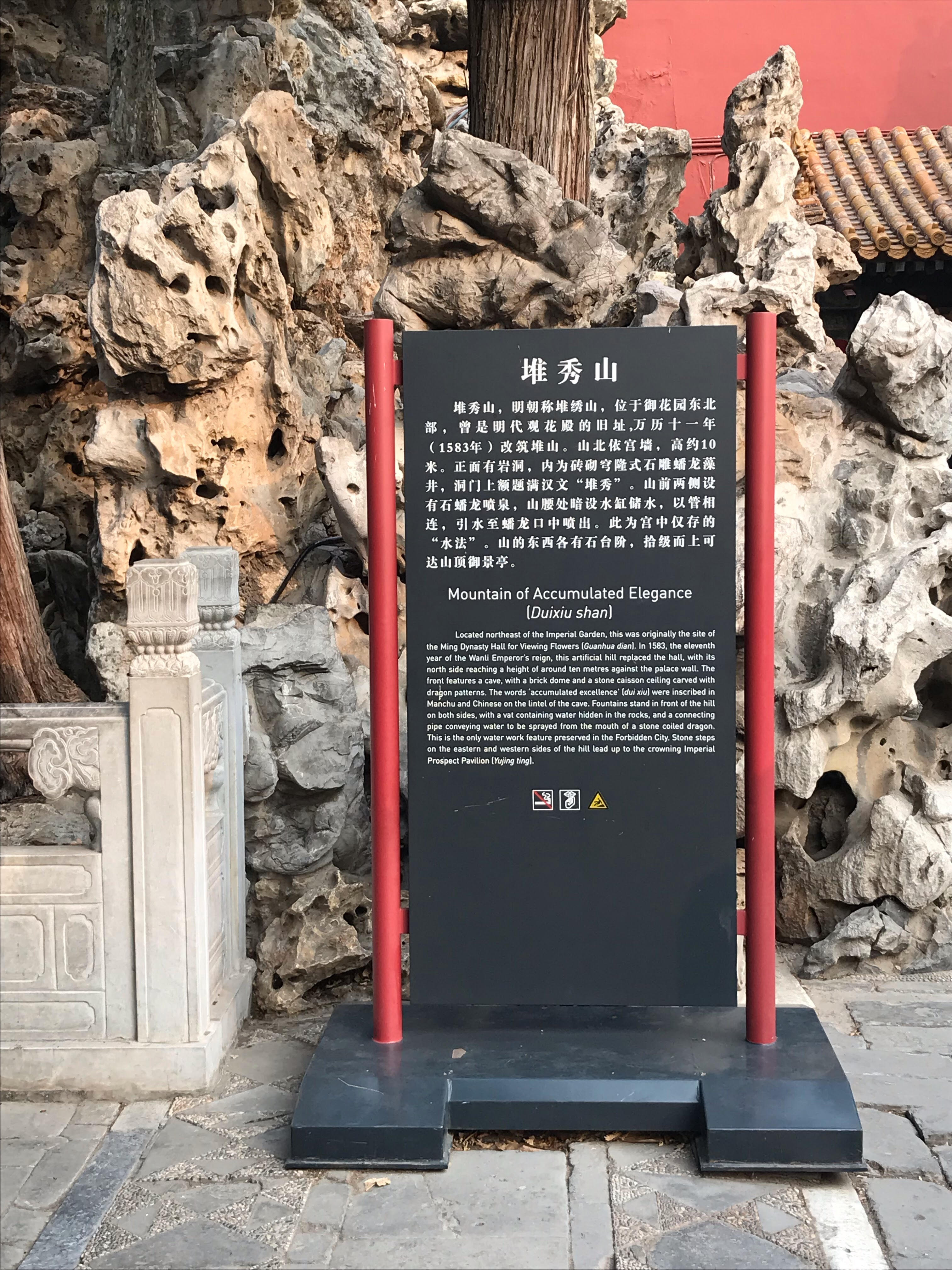
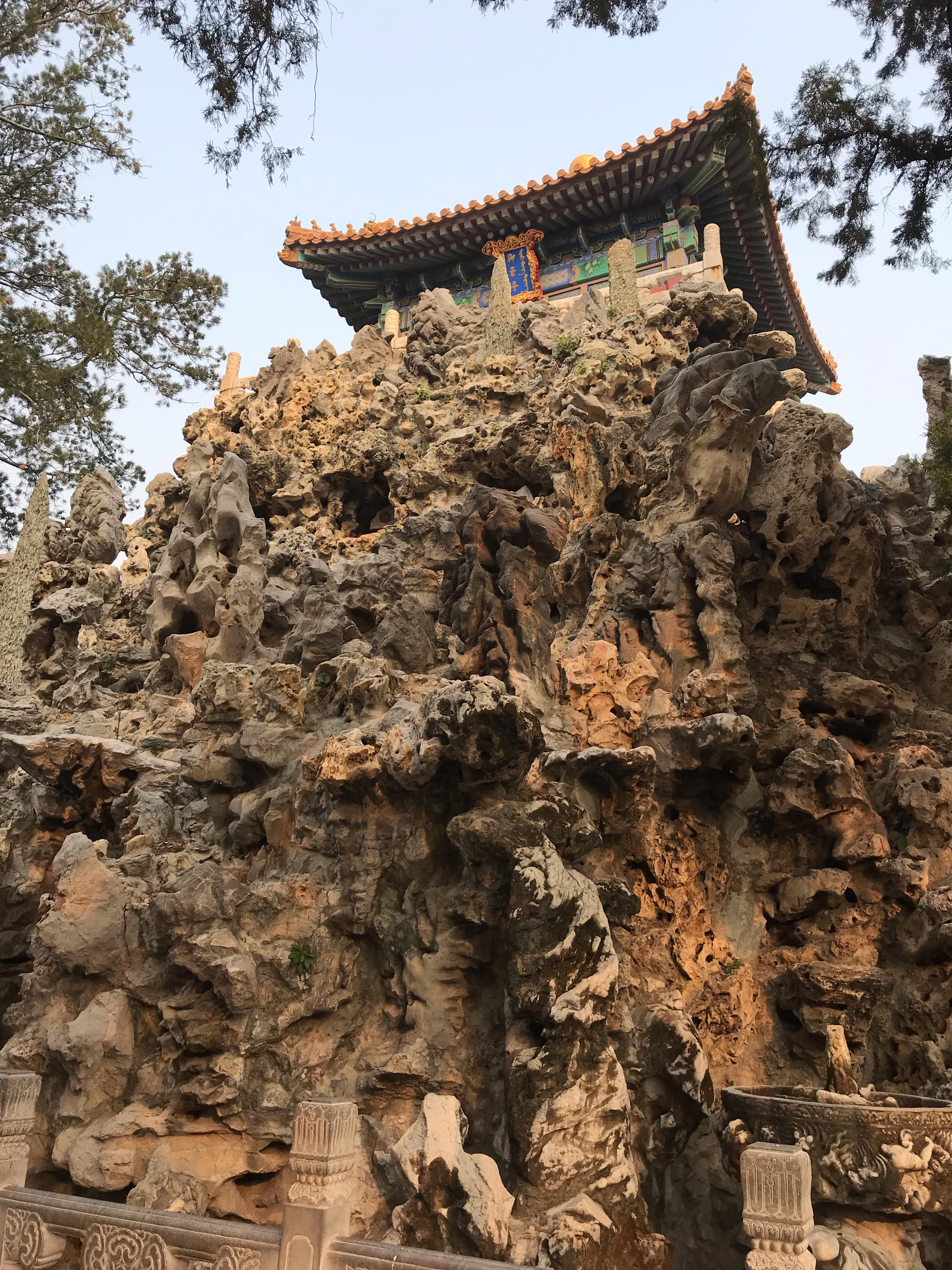
Had spent close to three hours inside the Forbidden City. Time to move out and move out we did through the Gate of Divine Might on the northern side and as we cross the moat and look up across the road, we see the Wanchun Pavilion on top Jingshan Hill Travels through China – 2.
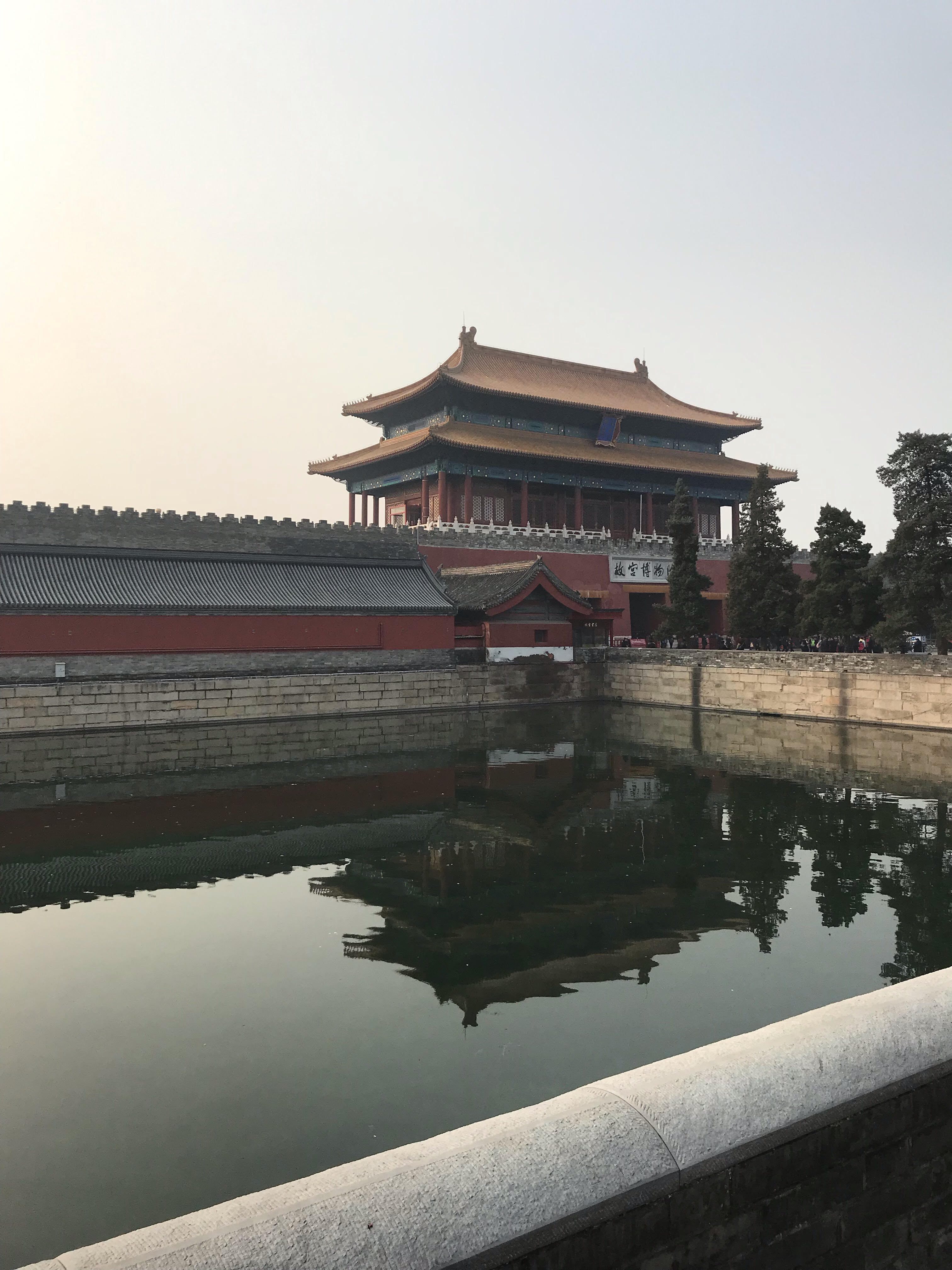
Around 60,000 people visit the Forbidden City everyday and during peak season the numbers could double. The floors of the courtyard are likely to be changed soon,we were told, though we found them in good enough condition. Excellent arrangements for washrooms though no eateries inside. In summers, when temperatures soar to over 40 degrees, it would be prudent to carry water bottles and also protect oneself with caps, shades & sunscreen lotion. A reiteration — must have a guide with you or have audio commentaries for the tour.
Discover more from BalasBroadcast
Subscribe to get the latest posts sent to your email.